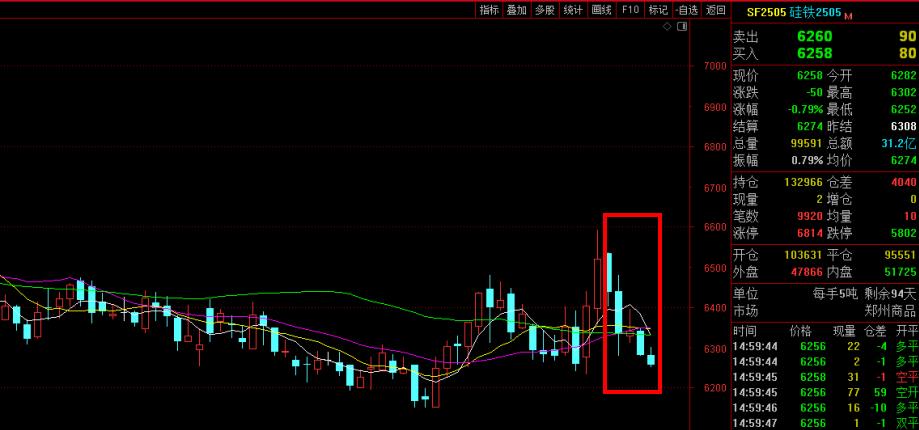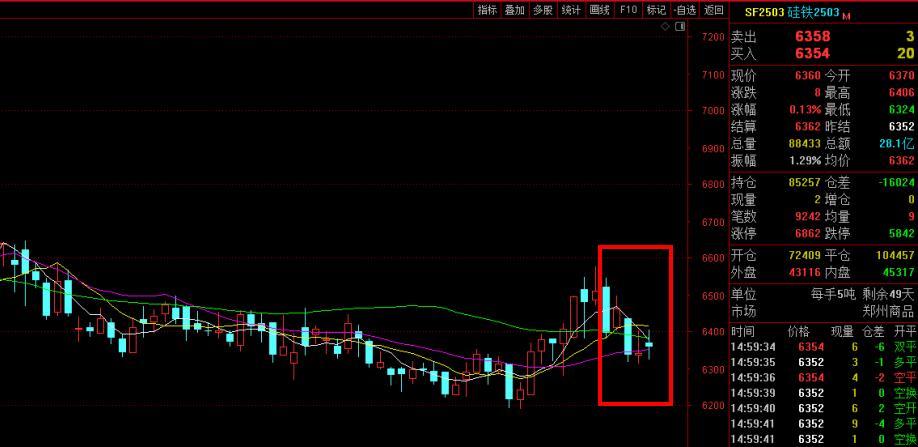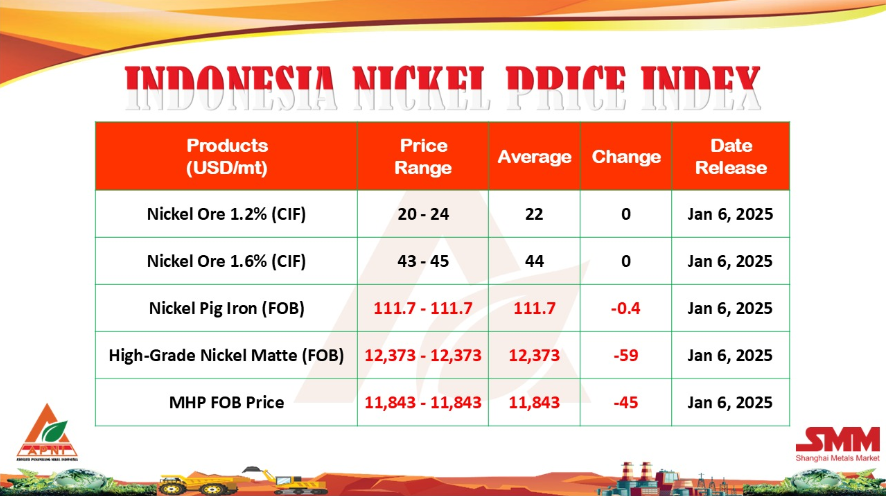In the early 1990s, from an aircraft descending into Beijing, I looked down upon a landscape of heavy industry stretching along a mountain-lined valley. I saw giant cooling towers, tall chimneys belching out smoke, railway tracks lined with trains hauling mineral wagons. It was not quite the scene I was expecting, having visited the city initially in 1987. I recalled grand imperial palaces, boating on tranquil lakes to a background of forested hills, of quiet old lanes. Yet, heavy industry was not an image I had retained or indeed perceived. Interestingly I found no mention of this in my guidebooks or city maps that mainly concentrated on principal tourist sites.
The following year, 1995, I traveled to Pinguoyuan, the last stop on the east-west metro line 1. It was where buses connected with my intended destination, the beautiful Fragrant Hills. Walking towards a transfer stop I saw again cooling towers. There was a hint in the air of coal burning, of industrial gases, and visibility not as clear as downtown that day.
Eventually I discovered this was one of the largest iron and steelworks in China -- Shoudu Gang Tie Chang or Capital Iron and Steel Works ("Shougang" for short). Unfortunately, my schedule in Beijing did not allow time to explore its vicinity. However, in the early 2000s, on a warm day of clear blue skies, I went up to the viewing deck on China Central Television Tower. My plan was to capture a set of panoramic photo images of the city - amazing looking today at how much has changed since then! To the west, my attention was caught by an industrial landscape, close to the steeply rising Western Hills. An extensive line of smokestacks and cooling towers stretching for several kilometers where the urban spread of Beijing abruptly ends due to mountainous terrain beyond. Indeed that industrial site, at the peak of its development, ultimately covered an area over 700 hectares.
The steelworks had evolved out from an earlier pig iron plant dating from 1919 though massively expanded post-1949. It was located there in the western suburb of Shijingshan, partly due to the presence of vital raw materials for steel production accessible in the vicinity - water from the Yongding River, limestone deposits conveniently quarried. Nearby the valleys of Mentougou had an abundance of coal reserves. Once one of China’s earliest coal production basins, over a 20-year period its remaining 270 mines were closed down between 1999 and 2019 when the last of the pits ceased operation. Depending on wind direction and air movement, the mines represented serious polluting factors for the city and indeed the river.
Particularly with the run-up toward the 2008 Beijing Olympics, major environmental projects were initiated to clean the city’s air while also promoting a general greening of open spaces. This is witnessed today with blue skies increasingly the norm along with extensive areas of new parklands and tree planting. However, with Beijing expanding rapidly, its built up area was increasingly encroaching onto that older industrial area of steel and coal.
A decision was reached that Shougang would be relocated from its suburban location to an extensive site at Caofeidian bordering the Bohai Sea east of Tianjin. Production was drastically scaled back before the Olympics, finally shutting down entirely by early January 2011. With closure, an uncanny silence descended over the area, and smoke and gases no longer rose into the atmosphere. Incredibly, wildlife and birds started reappearing particularly where vegetation was reestablishing around ponds and water channels. It became an abandoned landscape, offering in some ways an aesthetic feel that could be excellent for photo shoots and indeed movie sets, as other such locations have proven. Indeed sections of the Yongding River valley through Mentougou have been rejuvenated into wetland parks.
What to do with such a vast, redundant area of what is regarded today as industrial archaeology? With the relentless urban expansion, would the site be cleared and transformed into almost a mini-city of towering apartment blocks?
Another former industrial area, within eastern Beijing’s Chaoyang District is Dashanzi 798.Of similar vintage although not so extensive in scale, it has been transformed into a premier art zone and exhibition space. Incorporating unique 1950s Bauhaus-design factory units along with an awesome background of power station, redundant gas and chemical production facilities, it has attracted international acclaim. Such areas have become historic legacies within the city’s story.
Various uses were proposed for Shougang, but ultimately it would become an industrial park. Its towering relics of 1950s industrialization to be incorporated into a zone of manicured outdoor spaces, lakes, unique dining experiences, hotels and commercial outlets. A major boost was the decision to locate there the headquarters of the Beijing Organizing Committee of the 2022 Olympic and Paralympic Winter Games. This in turn has encouraged infrastructure development both within the park and surrounding area. Going there today, it's hard to imagine only 11 years ago the noise, steam and production that had persisted particularly in strength from the 1950s, from a plant that, at its peak, employed around 200,000 workers.
During my visits, I have noticed Shougang becoming increasingly a "must visit" location within western Beijing. There is certainly much to appreciate to enjoy what already has opened. Considerable areas are also presently undergoing renovation and landscaping. It will become a focal point for the Olympics within urban Beijing.
Shougang was one of China’s earliest enterprises on such a scale during the 1950s. It reflects the country’s focus then on industrialization and steel production. At its peak, it was producing over 10 million tons annually. So hard to imagine that scene today, walking around those areas already open to the public. It represents a form of 20th century archaeology, where the structures stand as symbols, reminders of bygone times. Today there is the sound of silence. Missing are the bangs, clanging or constant hum of production, day and night, for steel manufacturing never stopped, and the units worked around the clock. Indeed the evening sky would be lit with a glow from blast furnaces while clouds of steam rose constantly from its gigantic towers. The amalgam of chimneys, pipes and all forms of interconnected structures only comes into focus by walking amid them.
Railway tracks, now redundant, still crisscross part of Shougang, once busy with trains bringing in the essentials of iron ore, coal and other minerals. One section of line next to the colossal No 3 blast furnace has several specially designed wagons permanently on display. Formerly they would transfer molten, red hot metal from the furnaces to where it was be processed into sheets of steel or whatever was in demand. On occasions I have explored Shougang, the weather beautiful, the sky clear blue, it's hard to imagine the scale of pollution that once blighted nearby communities, affecting much of the city’s western areas. It was increasingly realized as the major source of pollution for Beijing.
Sitting today beside the tranquil waters of a lake stretching across to the aforementioned furnace, the sounds are of birds in nearby trees and ducks on the water. People exercise, running or simply walking along the boardwalks that now follow the lake’s perimeter. Beyond, to the north, running past the park’s Xiaoximen entrance, maglev surburban trains glide along an elevated track. The impression is of an interface between the high-tech 21st century and symbols of former labor-intensive heavy industry .
Adjoining the lake’s northwest corner, physically attached onto the No 3 furnace is an example of modern architecture contrasting vividly with the towers of interlocked metal pipes rising nearby. The low-rise stylish building is home to a craft brewery and restaurant, Shang Brew. It boasts outdoor dining on the lakeside terrace with views stretching across the waters to Bixiayuanjun Temple. The temple sits on a hill between the industrial complex and now cleaned up, park-lined waters of the Yongding River. Such contrasts with the steel works are amazing!
A short walk from Shang Brew rises a structure, once an integral part of Shougang’s operations. It has been transformed into a uniquely designed Holiday Inn Express hotel. Nearby is a recently opened outlet of international coffee brand, Starbucks. Occupying a long structure with outdoor balconies, it rests alongside a complex backdrop of pipes and cylinders dating from a period when drinking coffee was virtually unknown in Beijing!
A contemporary bookstore is set into the base of No 3 furnace, beyond which numerous sites continue with their transformation. Nearby is Qunminghu Lake. Stretches of water were a common feature in steel works - reservoirs for fire fighting, areas for sediments to sink from waters used in industrial processes. Today the ponds have been cleaned up, restored to excellent condition with some exciting developments around the shores.
Close to now redundant cooling towers rise the graceful lines of a ski jump that will be home to some spectacular action during the 2022 Winter Games. Within the immediate area is the training center for "Four Ices" national teams - ice hockey, figure skating and speedskating along with curling. Alongside, a high-end hotel development is under construction. Five-star Shangri-La Shougang Park will be partly created from a magnificently renovated industrial shell. It will provide the highest standards of comfort for guests during the Olympics and for future generations of tourists or those on business visiting the area.
Shougang has witnessed what is best described as an incredible transformation since its days when blast furnaces lit up the skies. By 2022, the area will reverberate not to the sounds of industry but to cheers from spectators thrilled at the ongoing sports performances around Qunminghu. Shougang will play a significant role during the upcoming Winter Olympics which will also include northern sites at Yanqing and Zhangjiakou.
Throughout this year, 2021, Shougang will continue to evolve as more industrial restoration is completed along with some exciting new venues opening. There is much to look forward to and to experience there in the run-up toward the Olympics and for many years thereafter.
Source: chinadaily.com.cn


Copyright © 2013 Ferro-Alloys.Com. All Rights Reserved. Without permission, any unit and individual shall not copy or reprint!
- [Editor:kangmingfei]



 Save
Save Print
Print Daily News
Daily News Research
Research Magazine
Magazine Company Database
Company Database Customized Database
Customized Database Conferences
Conferences Advertisement
Advertisement Trade
Trade














 Online inquiry
Online inquiry Contact
Contact

Tell Us What You Think